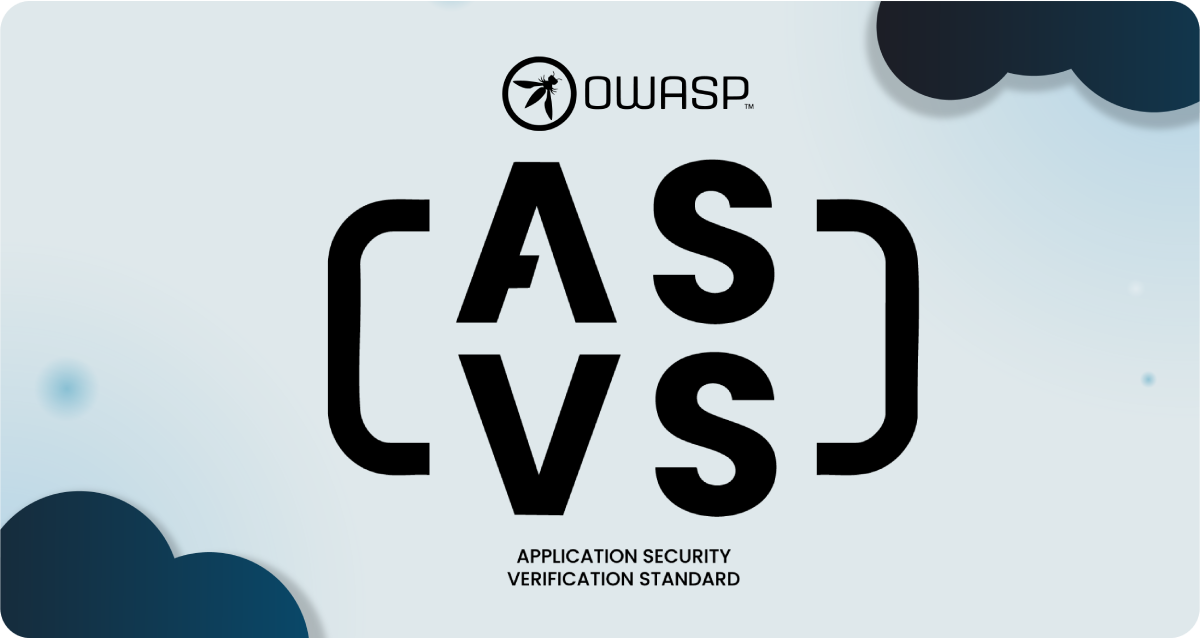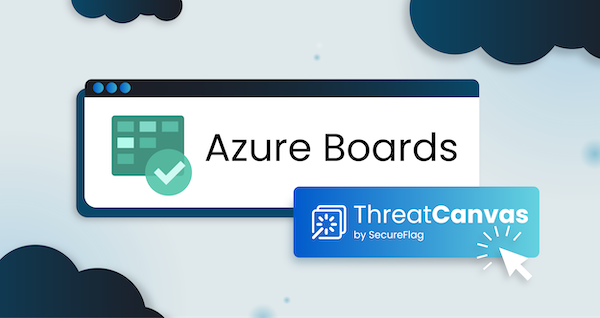Writing secure code should be a priority these days, but it often takes a back seat when new features are rushed to production. Ignoring security vulnerabilities can have harmful consequences, such as data breaches, financial loss, and service downtime.

So, how do you protect your web applications against the most common and dangerous vulnerabilities? That’s where the OWASP Application Security Verification Standard (ASVS) comes in. The OWASP security standards are a helpful checklist of security controls you can use for different types of applications based on data sensitivity, risk level, and intended use. Let’s dive in.
What is the OWASP ASVS?
The Open Worldwide Application Security Project (OWASP) is a nonprofit organization that improves software security. It has made things easier for developers by creating a framework, ASVS, for building secure web applications throughout the software development life cycle.
The OWASP ASVS framework provides a comprehensive security standard for all types of web apps and web services. This includes designing, building and testing security controls. The aim of the OWASP security standard requirements is to help normalize a high standard of security, and aid organizations in building confidence and resilience in their security practices.
If you’re looking for straightforward and practical guidelines to help keep applications secure and compliant, then the ASVS is a good starting point!
Three Levels of OWASP Application Security Verification Standard
The OWASP ASVS has three security levels to fit different types of applications. Each level builds on the last, adding more detailed and strict security requirements:
Level 1
The first OWAPS ASVS level is the most basic level, and it includes security that every web application should have to protect against common threats, such as input validation, authentication, and session management.
Level 2
Not only does this level need basic requirements, but it also needs additional higher-level security to defend against more sensitive data. Apps for transactions are often targeted, so extra protection is necessary against a wider range of attacks. This includes audits and penetration testing to assess threats and software vulnerabilities.
Level 3
The highest level requires the most strict security measures to safeguard very sensitive and confidential data, such as in healthcare, financial, or government applications. It uses threat modeling, code reviews, and in-depth security testing.
Structure of the OWASP ASVS
The OWASP ASVS has fourteen sections on a range of topics related to software development. These security standards include subjects such as architecture design and threat modeling to API and web services verification. Each chapter examines a different area and provides a detailed security risk assessment checklist for each level of security.
As an example, Chapter 2 gives authenticator verification requirements, covering aspects such as password security, authenticator lifecycle, credential storage, and look-up secret verifiers. Other chapters focus on areas like access control, data protection, and secure configuration.
Each chapter includes a description of the security requirements along with a security standards checklist of actions that organizations should complete. Some tasks apply across all security levels, while others are specific to Levels 1 or 2.
Implementing the OWASP ASVS in the Development Process
The OWASP ASVS integrates into the development lifecycle at different stages. Here’s how to get started:
Design
During the early design phase, review the ASVS to figure out which security controls are relevant to the type of application you’re building. At this stage, you should incorporate foundational security measures directly into your application’s architecture, like authentication and access control mechanisms. By considering these controls from the start, you can create a strong design that addresses security requirements rather than trying to add security as an afterthought.
Development
When developing, follow ASVS guidelines to include important security features, such as strong input validation and proper data handling. For example, enforce secure password policies, apply consistent data validation, and sanitize inputs to prevent vulnerabilities like SQL injection or cross-site scripting (XSS). Putting these controls into the code from the beginning not only helps secure the application but also reduces the need for extensive rework in later phases.
Testing and Verification
In this phase, use the OWASP ASVS checklist to ensure that applications meet necessary security requirements. Testing might include manual assessments, automated security tests, and code reviews. For applications that need a higher level of security (e.g., those handling sensitive data), this stage might also include penetration testing to simulate attacks. If you’re compliant with ASVS requirements, you can catch vulnerabilities early on.
Continuous Improvement
Keeping your web applications secure is a continual process, and you should revisit the ASVS regularly to keep up with the latest threats and best practices. As your application updates and scales, use the ASVS to assess whether existing security measures are still effective and to identify any new controls that may need to be added. Regular audits or re-assessments based on ASVS standards will help ensure that your application remains resilient to new vulnerabilities and continues to align with the latest security standards.
The Benefits of Incorporating OWASP ASVS
Developers have a big responsibility to build safe applications. If security flaws exist in the code, they could expose sensitive data and allow attackers to exploit systems, causing reputational damage. Using OWASP application security standards like ASVS has benefits such as:
Prevents Common Vulnerabilities
By providing clear guidelines, ASVS helps prevent security vulnerabilities such as SQL injection, cross-site scripting (XSS), and weak authentication.
Secures the Development Lifecycle
ASVS ensures security is embedded throughout every phase of development, from design to deployment, making security a proactive part of the process rather than a late addition.
Gives Clear Security Requirements
Rather than relying on vague or outdated security practices, ASVS gives developers specific security requirements that can be applied directly to their code.
Ensures Compliance
If your application needs to comply with regulations like GDPR or PCI-DSS, following OWASP ASVS guidelines can help ensure compliance and simplify security audits.
Build Safe Apps with OWASP Application Security and SecureFlag
Creating secure applications is essential, but keeping up with the latest security practices can be overwhelming. That’s where OWASP ASVS and SecureFlag can help. If you’re a .NET or Java developer, SecureFlag has really useful learning paths that cover key security requirements from the OWASP ASVS framework.
By following the OWASP ASVS guidelines along with SecureFlag’s hands-on labs, gain practical skills to prevent vulnerabilities from the start.


